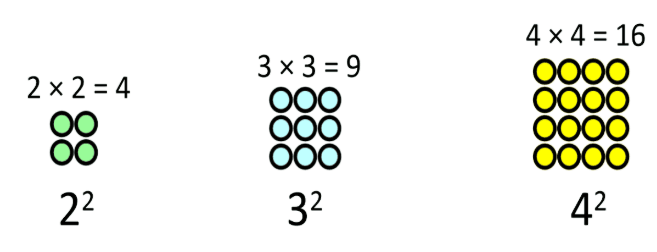Year 5
These resources will be removed by end of Summer Term 2025.
Switch to our new teaching resources now - designed by teachers and leading subject experts, and tested in classrooms.
These resources were created for remote use during the pandemic and are not designed for classroom teaching.
Lesson details
Key learning points
- In this lesson, we will explore numbers with only two factors and define these as prime numbers. We will then play a game that involves making arrays and identifying prime numbers up to 20. Our independent task to conclude the lesson will require all prime numbers up to 100 to be identified by using a range of clues based on multiples and factors.
Licence
This content is made available by Oak National Academy Limited and its partners and licensed under Oak’s terms & conditions (Collection 1), except where otherwise stated.
5 Questions
Q1.
Which of the following pairs are NOT factor pairs for the number 48?
1 and 48
4 and 12
6 and 8
Q2.
During the lesson, we grouped 20 children into equal sized groups. How many different ways of did we find of grouping them equally?
1
3
5
Q3.
Lisa began to create her factor bug for the number 24 but was unable to complete it before the end of the lesson. How many factor pairs is she missing?

0 - it is complete.
1
3
Q4.
In the image below, you can see the first 3 squared numbers. What would the 6th squared number be in the sequence?

36
64
81
Q5.
Which of the following is not a squared number?
100
144
81
5 Questions
Q1.
1 is not a prime number because...
It is a factor in every number.
It is an odd number
It is too small
Q2.
Which of the following statements is TRUE?
All prime numbers are odd
Only numbers less than 100 can be prime numbers
The product of two prime numbers is also a prime number
Q3.
Which of the following numbers is NOT a prime number?
43
73
83
Q4.
Which of the following numbers IS a prime number?
27
57
63
Q5.
Read the statements below. Can you identify which one is TRUE?
A number can sometimes be a prime number and a squared number
A number will always be a prime number and a squared number

